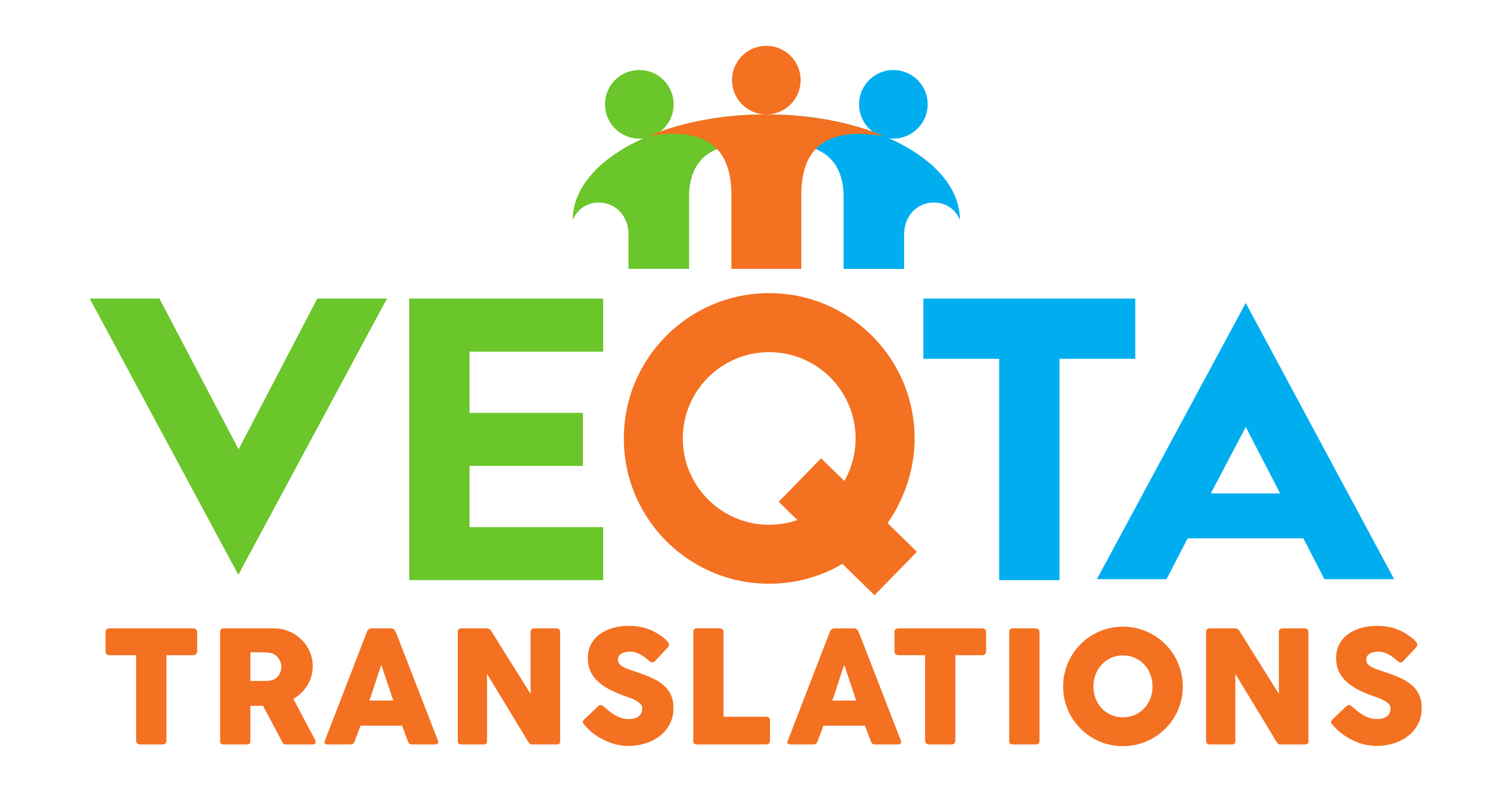Collocations—the natural combinations of words—pose one of the greatest challenges in Arabic to English Localization. A recent study among Algerian EFL students revealed how cultural and linguistic gaps influence collocational errors. This article unpacks the findings, explores why Arabic collocations are difficult to translate, and offers insights into improving accuracy in translation training.
Understanding Collocations
A collocation is a pair or group of words that naturally occur together, like “make a decision” in English. Arabic has its own distinct patterns, often rooted in metaphor and cultural practice.
Types of Collocations
Common Arabic collocations include verb-noun (“اتخذ قرارًا” – made a decision) and adjective-noun (“سماء صافية” – clear sky). Translating these into English requires both semantic and idiomatic understanding.
The Algerian EFL Study
Researchers found that many students translated collocations literally, leading to unnatural phrasing. For instance, “take a coffee” instead of “have a coffee.” This error pattern reveals a reliance on lexical equivalence rather than idiomatic use.
Linguistic Interference
Arabic’s morphological richness causes interference. The same root may generate multiple expressions, confusing learners. Teaching contextual equivalence helps overcome this.
The Role of Context
Context determines whether a collocation carries neutral or idiomatic meaning. Students often missed contextual signals, especially with verbs like “do” and “make,” which have overlapping Arabic counterparts.
Teaching Implications
Educators should incorporate corpus-based learning, exposing students to authentic English collocations. Translators can also benefit from bilingual corpora for reference.
Technology and Translation Tools
AI tools can aid in identifying frequent collocations, but human judgment remains essential for stylistic appropriateness.
Cross-Cultural Influence
Arabic collocations often reflect collectivist values, while English favors individual action. Recognizing these cultural underpinnings enhances translation accuracy.
Improving Translator Training
Translation pedagogy should emphasize meaning over form, integrating error analysis, and peer review into practice.
Conclusion
The Algerian case study confirms that collocation mastery is crucial for accurate localization. Understanding how words naturally pair in both languages bridges the gap between grammatical correctness and communicative fluency.
FAQs
1. What are collocations in translation?
They’re natural word pairings that sound correct together in a language.
2. Why are Arabic collocations hard to translate?
They often have cultural or metaphorical bases that don’t exist in English.
3. What did the Algerian EFL study reveal?
Students struggled with literal translations and context misinterpretation.
4. How can translation training help?
By emphasizing exposure to real English texts and contrastive analysis.
5. Can AI help identify collocations?
Yes, but human editing ensures idiomatic and stylistic correctness.


